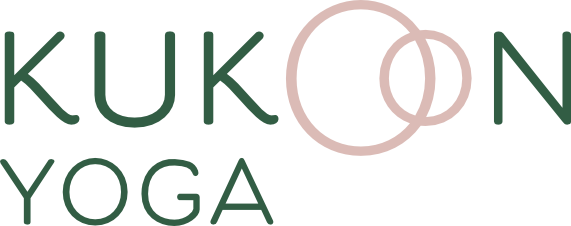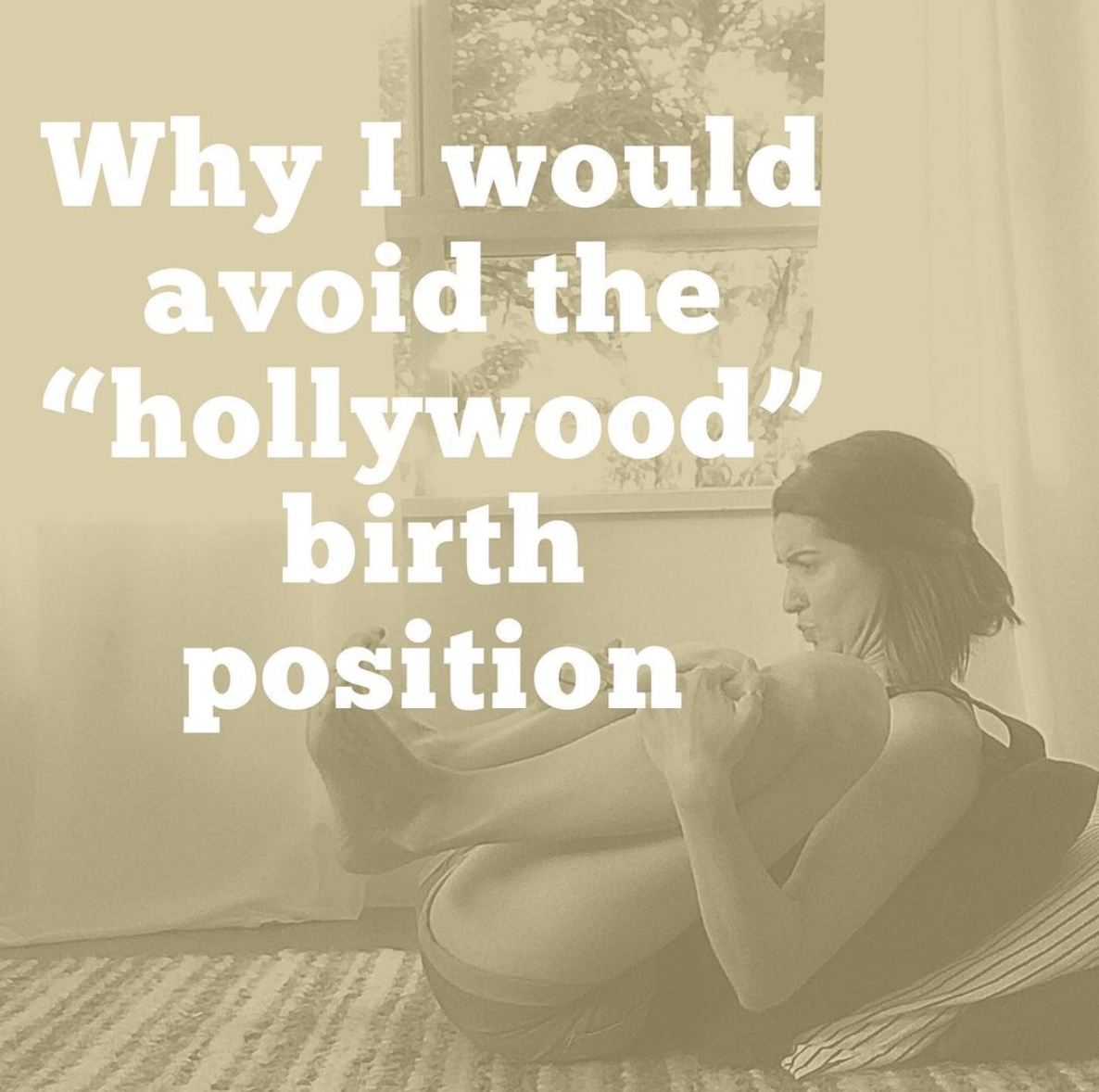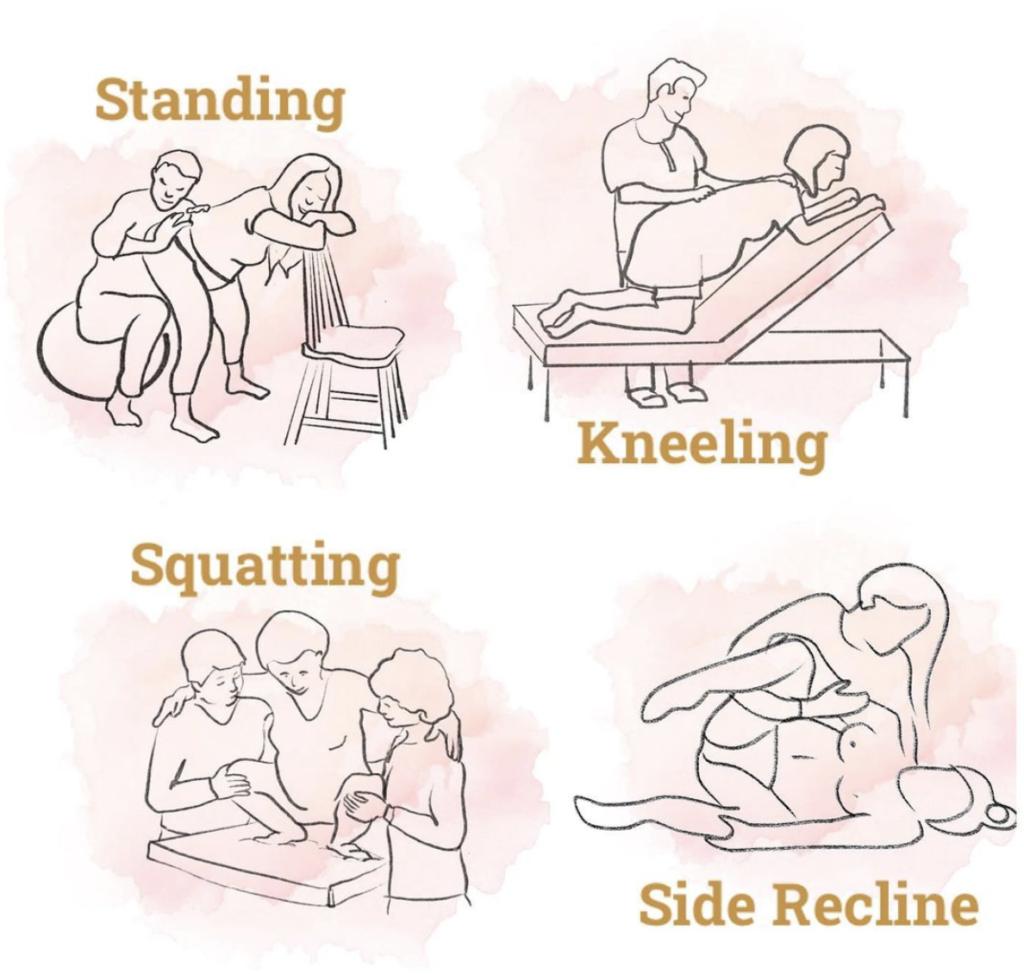Skip the “Hollywood movie birth position”!!! There are many reasons to avoid birthing on your back! But that doesn’t stop Hollywood from portraying birth in this way…it’s entertaining, right? Her water breaks at inopportune time and place, she rushes to the hospital, she screams at high pitches, she scrunches up her face & curses everyone, she lies on her back with knees up at armpits and chin tucked until she is purple in the face from pushing!
Ok, so I suppose birth “could” go like this…but if it were me, I’d opt for a different experience.
The Game Changer
One important factor to consider is your body position during all stages of birth. Your body position makes a big impact on your coping capabilities and baby’s ability to get into the optional position for birth (with head down, facing your bum). There are many reasons why the McRoberts Position (on your back with knees to armpits) isn’t ideal during the second stage of labour (the pushing stage). Here’s why:
- By being on your back, you’re not using gravity to help get baby down and out. Positioning yourself more upright allows gravity to help baby descend deeper into the pelvis.
- Lying on your back impinges on the mobility of your sacrum (that big bone at the back of your pelvis and base of your spine) to shift, which it needs to do as baby crowns.
- Being on your back reduces the space in your pelvis. MRI studies show that the pelvic bowl is actually larger when in upright positions (standing, kneeling, squatting).
The McRoberts Position is an obstetrical maneuver favoured by doctors because it makes everything easy to see and access from their perspective (albeit, not ideal for you and baby). Some doctors will also use it for shoulder dystocia (when one of baby’s shoulders is stuck behind your pelvis), but is something to remember…if you no longer have use of your lower extremities (ex: epidural has limited your mobility), the McRoberts position may be your go-to option for shoulder dystocia. BUT, if you’re mobile and able to flip onto all fours, it’s magic for issues like shoulder dystocia!
Powerful Birth Positions
Here are four powerful positions that I promote all the time in my classes because they utilize gravity, increase space in pelvis and mobilize the sacrum:
Standing
Moving in upright positions during early and active labour can help to shorten the second stage of labour (the pushing stage). For evidence, click here. Upright moment allows you to move intuitively, swaying and rocking. Think about “dancing your baby out”!!!
Kneeling
Kneeling is a great position as it resembles standing upright. It works with gravity to help baby to descend deeper into the pelvis.
Squatting
Squatting is amazing. Not only does it work with gravity, it also helps to open up the pelvis and get baby into the optimal position for birth. Studies show that the pelvic bowl is actually larger when in upright positions such as squatting. Click here for evidence on this stat!
Side recline
At some point during your birth, you’re going to need to lie down. Changing positions every 30 minutes isn’t easy…and it’s what’s recommended. So, when you come into a recline, resting position, try to stay on your side instead of your back. This allows for rich oxygen to be passed along to baby.
Essentially, we prefer birthing positions that help you and baby, not simply ones that are easier for the caregiver. If your’e looking for more information like this, click on our Birth Bundle Virtual Guide.



